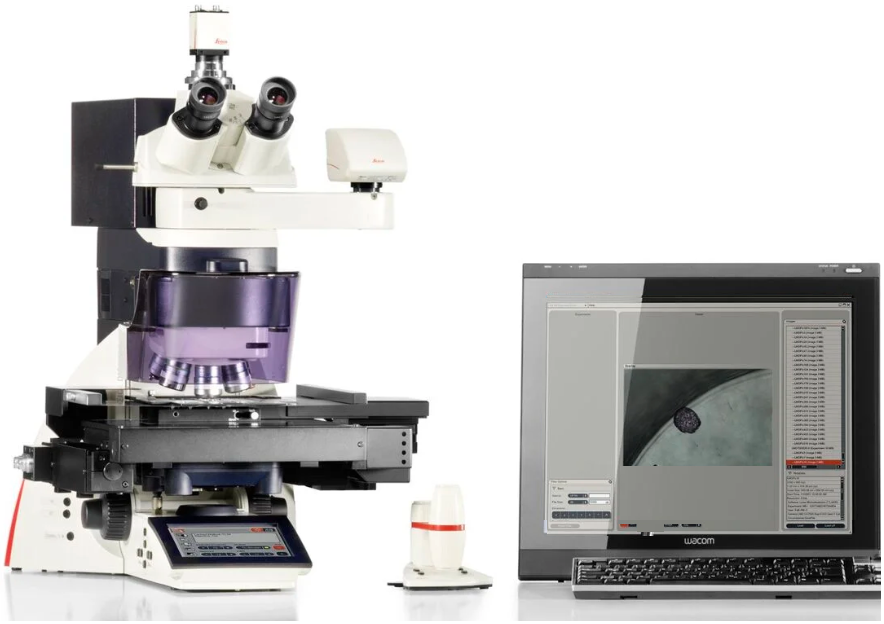A fluorescence microscope is an optical microscope that uses fluorescence instead of, or in addition to, scattering, reflection, and attenuation or absorption to study the properties of organic or inorganic substances to identify cells and cellular components. They're most beneficial in biology and material science applications. A few specific settings in which fluorescence microscopes are used include:
- Histochemistry: This field of science blends biochemistry and histology to study the chemical components of cells and tissues.
- Food chemistry: this specific chemistry field assesses the structural organization and chemical processes of the components within food
- Mineralogy: The scientific study of different minerals' crystal structures, physical properties, and chemistry. Fluorescence is often used to identify minerals.
- Fluorescence microscopes are helpful in textile applications since they offer clear, three-dimensional views of fibres, yarns, and paper
- The study of porosity in ceramics allows scientists to measure an object's density, strength, and durability. Generally, the less porosity a piece of ceramic has, the stronger it is, and the weaker, the higher porosity.

Contact:
Dr. Karwan Muhamad Rauf
Email: [email protected]
Phone: +9647711578080

